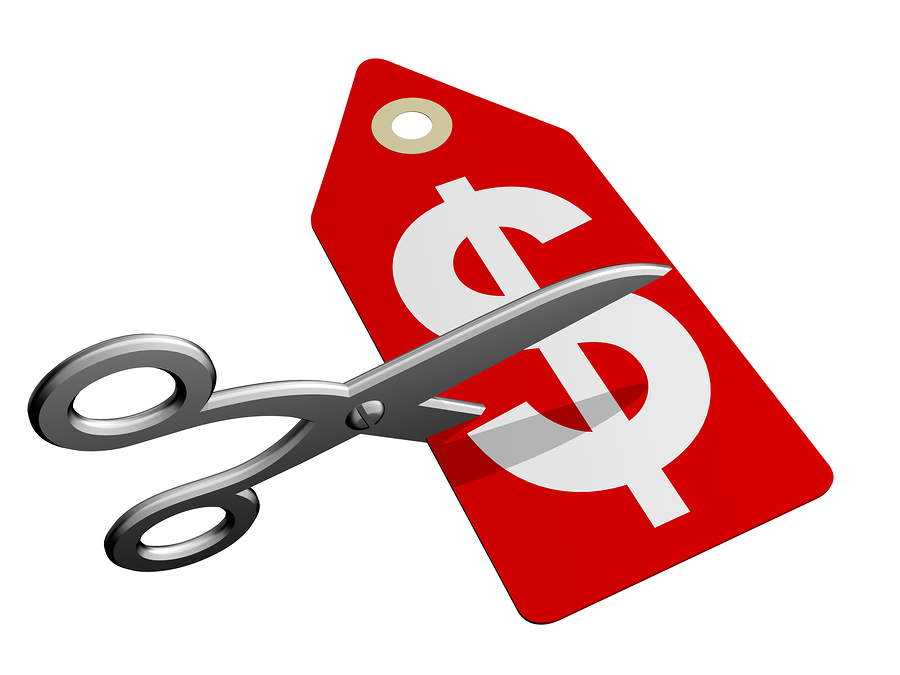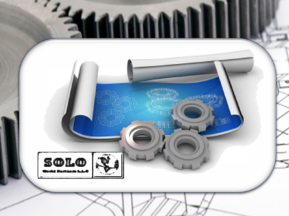To stay competitive, companies must continually find new ways to improve efficiency and cut costs. First, SOLO identifies each of your key business operations. Then, for each key operation, SOLO identify the products and materials used or generated in the largest quantities. These are the materials that should be evaluated first for waste prevention opportunities.
Depending on the type of company, SOLO has found the greatest cost savings in the following areas: packaging, freight, manufacturing (reducing process waste or the amount of material used in a product), and office operations (reducing paper that is mailed or used internally).
- Work with purchasing agents and records to identify major purchases that could be reduced, e.g., by working with suppliers to reduce packaging or through reuse of supplies.
- Purchase orders and other papers are stacked high. Could we use an EDI system to reduce paper purchase orders and other forms?
- Employees can be your best resource for identifying inefficiencies and cost saving opportunities. Solicit their ideas on ways to reduce office waste.
- Could these pallets be repaired or the wood reused for another purpose?
- Could our product packaging use less or lighter-weight material?
- Could the product be redesigned to use less material?
- A lot of excess material is generated by the production process— is the equipment as efficient as possible? Could the excess material be reduced through changes in operator practices or materials?







